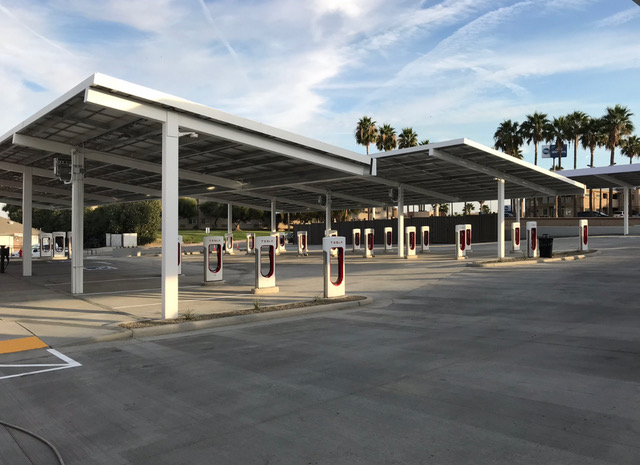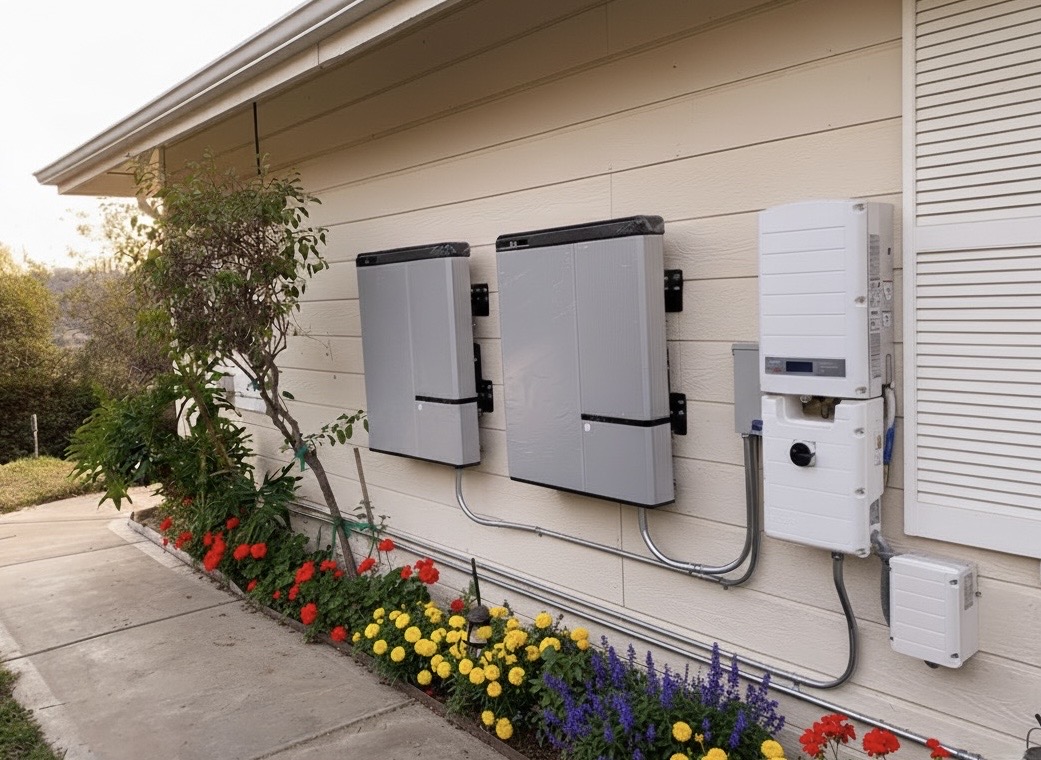Electrical Safety Inspections in Atwater Village
From the tree-lined blocks off Glendale Boulevard to homes tucked near the LA River bike path, Atwater Village blends vintage charm with modern living. Our Residential Electrical Safety Inspections help homeowners protect what matters most while planning for today's higher electrical demands—from EV chargers to new HVAC units. Shaffer Construction, Inc. delivers comprehensive, code-informed evaluations of your home's electrical system. We combine hands-on expertise with advanced testing, including thermal imaging and load analysis, to uncover hidden hazards and prioritize practical fixes. Whether you're in a 1920s Craftsman near the Glendale–Hyperion Bridge or a mid-century bungalow closer to Los Feliz Boulevard, we'll give you a clear, actionable report you can trust.
Our Work



Benefits
Future-Looking Safety Solutions
We future-proof your Atwater Village home by evaluating capacity for EV charging, heat pump HVAC, and potential solar or battery storage. We use modern tools—FLIR thermal cameras, Fluke multimeters, and circuit analyzers—to establish a baseline, then recommend scalable upgrades like smart load centers (Leviton, SPAN), whole-home surge protection, and AFCI/GFCI enhancements. Our reports outline phased plans so you can budget improvements while ensuring your system stays safe and adaptable as your household grows.
Code Compliance and Permitting
Shaffer Construction navigates the permitting process with LADBS and aligns all corrective work to the California Electrical Code (CEC) with City of Los Angeles amendments. We verify required AFCI/GFCI protection, grounding and bonding, conductor sizing, and working clearances. When panel or service upgrades are recommended, we coordinate with LADWP for meter pulls and approvals. You’ll receive documentation and as-built notes that simplify inspections and keep your project on schedule and up to code.
Expertise You Can Trust
Expect meticulous workmanship and durable materials. We specify UL-listed components from trusted brands (Eaton, Square D, Leviton), use copper conductors where appropriate, apply anti-oxidant on aluminum feeders, and torque terminations to manufacturer specs with calibrated tools. All corrections are labeled and documented. Safety drives every decision—lockout/tagout procedures, NFPA 70E practices, and neat, code-compliant routing that stands up to LADBS inspections and years of daily use.
Personalized Inspection Plans
Every Atwater Village home is different. We begin with a short interview to understand your home’s age, upgrades, and pain points—warm outlets, tripping breakers, EV or HVAC plans. We then tailor the inspection: focusing on known weak spots in Craftsman and Spanish Colonial construction, checking detached structures, and confirming grounding and bonding. You’ll receive a prioritized punch list—immediate safety items, near-term upgrades, and future-ready enhancements—so decisions are clear and budget-friendly.
What We Offer
Frequently Asked Questions
How long does a residential electrical safety inspection take in Atwater Village?+
Most standard single-family homes take 2–4 hours, depending on size and accessibility. Detached structures like garages or ADUs, and older homes with multiple additions, can add time. We provide a clear time estimate when scheduling and confirm on arrival.
Do I need a permit for an electrical safety inspection?+
No. A safety inspection itself doesn’t require a permit. If we recommend corrections—like a panel upgrade, new circuits, or rewiring—those typically require LADBS permits. We handle the paperwork, coordinate with LADWP as needed, and schedule the city inspection.
Will you need to shut off my power during the inspection?+
Briefly, yes. We may need short, planned power interruptions to safely open the panel, tighten lugs to spec, or perform certain tests. We coordinate those moments with you to minimize disruption and restore power promptly.
What do your inspection reports include?+
You’ll receive a digital, photo- and thermal-image-supported report within 24–48 hours. It includes code references, risk levels, and a prioritized list of recommended corrections with budget ranges. We can also prepare an estimate and a phased plan if you prefer to tackle items over time.
How often should Atwater Village homeowners schedule an electrical inspection?+
We recommend every 5 years for homes over 20 years old, and sooner if you notice warm outlets, frequent breaker trips, or flickering lights. Schedule an inspection before adding major loads like EV chargers or heat-pump HVAC, or prior to listing or purchasing a home.
Can you inspect older wiring like knob-and-tube?+
Yes. We identify the extent of legacy wiring, note transition points, and evaluate insulation and accessibility. We’ll outline safe repair or replacement options, and when rewiring is planned, we’ll design a code-compliant path that preserves your home’s architectural features.
Related Services in Atwater Village
Ready to Get Started?
Contact us today for a free consultation and quote on your electrical project!
Contact Us